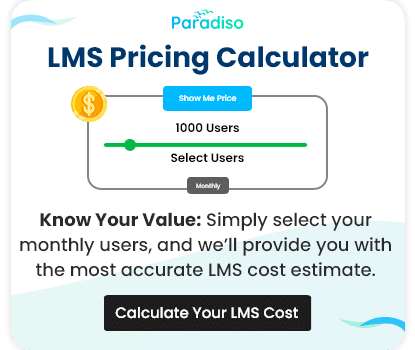Recruitment is imperative for a nonprofit board development plan to kickstart completely. A nonprofit board’s recruitment procedure is comparable to hiring. You want leaders with skills and viewpoints aligned with your goal, cause, and values.
A team with various skill sets, expertise, education, and connections should be built by recruiting multiple applicants. Successful boards are created with these considerations. Make your board a sturdy one!
Identify your requirements
Knowing what type of profile, you need for your nonprofit board development will help you focus your recruitment efforts. We recommend conducting a needs analysis of your company to determine the ideal board members.
You may require tax counsel, HR expertise, event management assistance, or policy knowledge. Consider applicants who are passionate about your cause and have the abilities and credentials to meet your demands. Passion and motivation are essential, but so are competence and experience. Defining your needs can help you identify the ideal candidate who combines passion and need.
Whom to Recruit
Multiple factors are considered when selecting applicants. First, of course, you want to pick the appropriate people to assist you in creating your company from scratch. So, background and experience are essential. But personal traits also play a role in candidacy. Consider the following features while making your choice:
-
Passion
People who genuinely support your cause. Relationships and devotion to your business will flourish if you invest more deeply.
-
Diversity
To construct a balanced board, you need members with diverse experiences, specialties, and perspectives.
-
Work ethic
People who can set and achieve goals can help you build a reliable board. It’s crucial to know that your board members will show up and work!
-
Attitude
Positive attitudes make an excellent working environment. Finding people who are team-oriented and can cooperate reasonably would improve board culture and decision-making.
-
Flexibility
While some candidates may be passionate about your cause, they may not be the ideal fit for your organization. Attendance at board meetings is vital. Finding candidates who are flexible and have the time to serve on your board would be beneficial.
Each nonprofit’s board is unique. Of course, you decide what qualities you’ll need, but we hope this helps.
Remember Diversity
It’s critical to consider diversity when recruiting and selecting board members. If your nonprofit board development strategy is about having a board with similar backgrounds, hobbies, jobs, or education, you may be limiting your ideas.
Having a diverse board will assist your nonprofit get new viewpoints, experiences, and even new contacts. In addition, various backgrounds and expertise help develop a stronger board.
A diverse board can help with decision-making by allowing you to view the broader picture of future opportunities or risks.
Diversity can also help you better understand cultural differences and community needs and recruit new board members and supporters. Conversely, lack of diversity on a board might make it challenging to recruit new members or extend an existing board.
You will know what is required to promote your cause when your board appropriately reflects the community or the cause you choose to serve.
Form your Board
If you want nonprofit board development to happen quickly, we recommend that you recruit your first board of directors early so that you could have all the advantages to building a strong board of directors on your side. Consider what possible candidates may provide to your organization and if they are interested in serving.
When you’re ready, spread the news! Starting a nonprofit requires abroad, so reaching out to people in your community or even your circle might be beneficial. A referral can lead to potential coworkers, volunteers, community advocates, and altruistic business people.
Since you are a new organization, you may need to hunt for volunteers through your city’s website or community centers. Board Match, Board Net USA, and The BridgeSpan Group are all online tools. If you use social media, consider using LinkedIn for Nonprofits to locate applicants.










